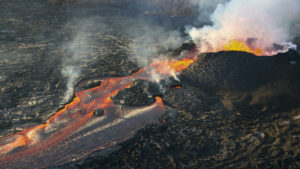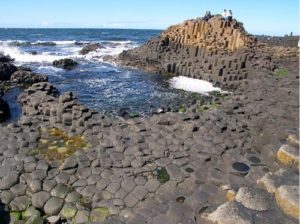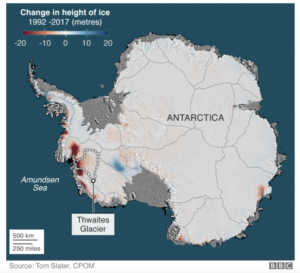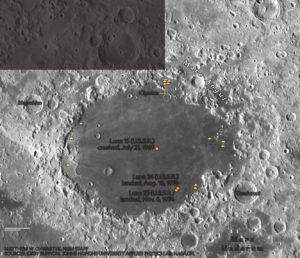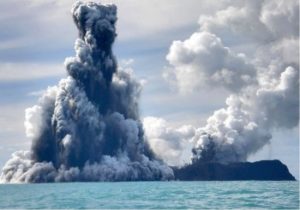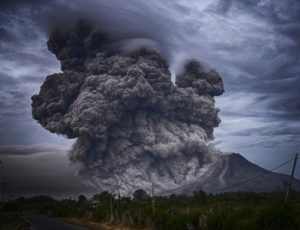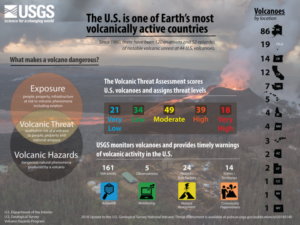by Cap Allon, Sep 21, 2020 in Electroverse
Ecuador’s active Sangay Volcano exploded in dramatic fashion over the weekend, firing volcanic ash high into the atmosphere — the explosion was a number of times stronger than those previously observed during the volcano’s recent uptick.
The ‘high-level’ eruption occurred at 04:20 local time on Sunday, September 20 and generated a dense, dark ash plume, but the ‘biggie’ was sandwiched between numerous other powerful blasts that occurred throughout the weekend:
…
More crucially though, particulates ejected to around 32,800 ft (10 km) –and into the stratosphere– can have a direct cooling effect across the planet.
Volcanic eruptions are one of the key forcings driving Earth into its next bout of global cooling. Their worldwide uptick (along with a seismic uptick) is tied to low solar activity, coronal holes, a waning magnetosphere, and the influx of Cosmic Rays penetrating silica-rich magma.

